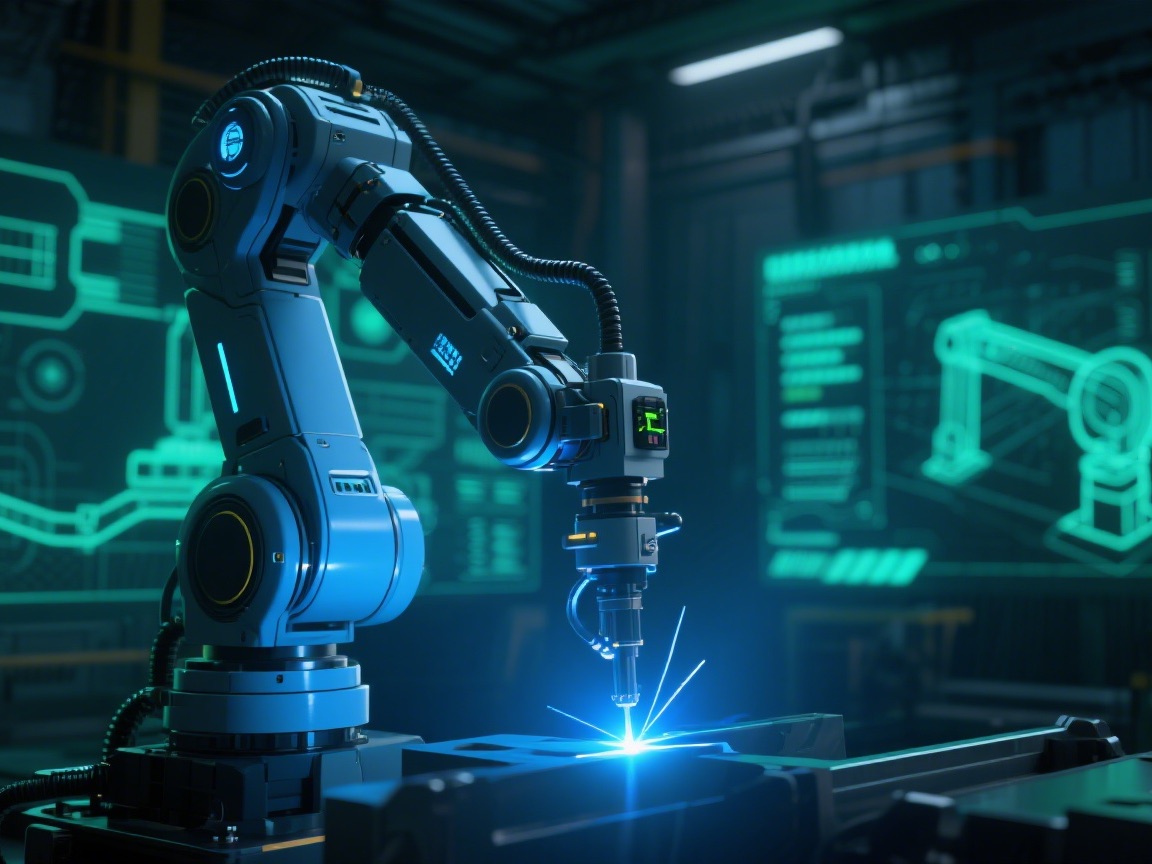 Industry News
Industry News Industrial Manufacturing: AI-Driven Upgrade of Smart Manufacturing
Industrial Manufacturing: AI-Driven Upgrade of Smart Manufacturing
2025-08-27
2025-05-13
2025-05-19
2025-06-03
2025-06-20
2025-07-01
 Current Affairs
Current AffairsQ1: What is an intelligent bacteria collector? How is it different from traditional sampling methods?
A1: An intelligent bacteria collector is a device. It combines automatic control, sensor technology and AI.It’s for collecting microbial samples from the environment—efficiently and accurately.It usually has autonomous navigation, real-time monitoring and data processing functions.It can do sampling, store samples, even do preliminary analysis by itself.
Traditional sampling methods mostly rely on manual work.You use petri dishes, sampling bottles or filters to collect samples by hand on-site.Choosing sampling spots and methods depends on the operator’s experience.The process takes time. Efficiency is low. It’s easy to have errors from human factors.
Q2: What advantages does the intelligent bacteria collector have in sampling efficiency?
A2: The intelligent collector’s automatic design boosts sampling efficiency a lot.It can find suitable sampling spots quickly. It does sampling by itself.No need for people to watch. Saves a lot of labor and time.For example, in large-scale environmental monitoring—it can work non-stop, sample 24/7.It’s more consistent and lasts longer than manual sampling.
It also adjusts sampling strategies flexibly based on environmental changes.Catches target microorganisms efficiently. No missed or repeated sampling.
Q3: How does the intelligent bacteria collector perform in sampling accuracy and consistency?
A3: The intelligent collector has advanced sensors and algorithms.It locates sampling spots accurately. Ensures samples are representative and consistent.Automatic operation cuts down human errors. Sampling is more repeatable and reliable.
Traditional methods are different.The operator’s experience, skill level, and external environment—all can affect results.May cause deviations or inconsistent results. Then affects later analysis.
Q4: What’s the difference in operational complexity between the intelligent collector and traditional methods?
A4: Traditional sampling needs professionally trained people.They have to master complex steps—like sampling, storing samples, transporting samples.One wrong step may contaminate samples or make them useless.
The intelligent collector is easy to use. Operation is simple.Usually, you just set parameters or start the program. The whole process runs by itself.Its built-in automatic steps don’t need high professional skills. Operation is much easier.
Q5: What advantages does the intelligent collector have in data processing and result feedback?
A5: The intelligent collector can transmit data and do analysis in real time.While sampling, it can do preliminary analysis—like identifying microorganisms, evaluating concentration.It also uploads results to a cloud platform or management system.Gives fast and clear data support for decision-making.
Traditional methods need laboratory analysis. Takes a long time to get results.No real-time monitoring or timely feedback. Affects on-site response and decision efficiency.
Q6: In terms of cost, which needs more investment—the intelligent collector or traditional methods?
A6: Initial investment: The intelligent collector costs more.It has hardware, software and maintenance expenses.
Traditional sampling has lower equipment and operation costs.But it needs a lot of labor. Also, efficiency and accuracy are not good enough.
In the long run, the intelligent collector may have better cost-effectiveness.Its automation cuts labor costs. It increases monitoring frequency. Brings potential economic benefits to related industries.
Q7: What advantages does the intelligent collector have in application scope?
A7: The intelligent collector adapts to many environments.It works for microbial monitoring in air, water, soil.
It’s flexible and expandable.Has obvious advantages in large-scale monitoring, emergency response and real-time prevention.
Traditional methods mostly rely on specific environmental conditions. Operation is limited.Hard to apply widely in complex, changeable environments.
Q8: In the future, what aspects will the intelligent collector surpass traditional methods in?
A8: Technology keeps developing. The intelligent collector will become more autonomous.Cost will be lower. It will integrate more functions. For example:
It can identify and analyze microorganisms more comprehensively.
It will combine deeply with IoT and big data. Achieve dynamic environmental monitoring.
It uses machine learning to optimize sampling strategies. Improve detection accuracy.
It supports remote operation and real-time early warning. Gives strong support to public health and environmental protection.
In short, the intelligent collector has potential to be the mainstream tool for microbial monitoring. It will gradually surpass traditional sampling methods.
Q9: To sum up, both have pros and cons. What’s the future development trend?
A9: Traditional sampling has advantages—low equipment cost, mature technology.It’s suitable for short-term, small-scale or basic testing needs.
The intelligent collector has obvious advantages in efficiency, accuracy, real-time performance and automation.It’s more suitable for large-scale, multi-point, dynamic monitoring.
In the future, these two methods may develop together.They will make progress in data standards, operation processes and technical compatibility.Push microbial monitoring toward intelligence, precision and convenience.
The intelligent collector is expected to be the industry mainstream.It will give strong technical support to public health, environmental protection and scientific research.
Disclaimer: This website respects intellectual property rights. If any infringement is found, please contact this website in a timely manner for handling.